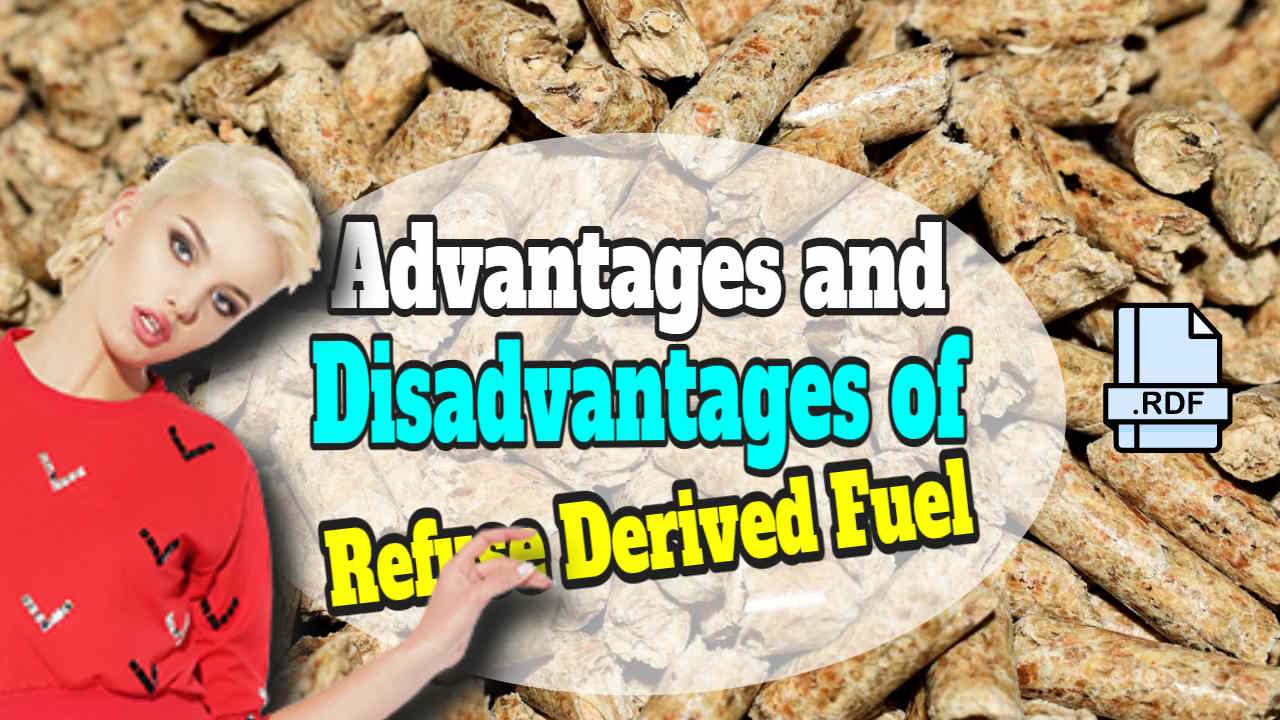Using Refuse Derived Fuel in Waste-to-energy (WtE) processes at specialist incineration plants can greatly reduce the volume of waste that is landfilled. They also provide an effective alternative to coal and oil, whose negative environmental impact is well known.
Refuse derived fuel (RDF) is one of the primary resources recovered from municipal solid waste. It can be used as a substitute to fossil fuels in cement kilns and power stations.
Shredded and dried garbage is what's called "refuse-derived fuel" (RDF) (MSW). Cement kilns, power plants, and other industrial operations can employ RDF as an alternative to fossil fuels. This article will discuss the pros and cons of using garbage as fuel.
Benefits of Gasoline Made From Garbage
Less waste is delivered to landfills because of RDF manufacturing, which means less space is needed for landfill disposal of municipal solid waste.
Decreased Emissions of Greenhouse Gases: Methane, a particularly potent greenhouse gas, is released into the atmosphere in large quantities from landfills. By diverting organic waste from landfills, RDF production helps cut down on methane emissions and other climate gases.
As a renewable energy source, RDF can be used in place of fossil fuels. The recycling of MSW into RDF lessens the demand for fossil fuels, which are depletable and unrenewable.
Waste that would otherwise go to landfills can be used to create RDF, which in turn can be used to recover energy. This power can be utilised to replace electricity generated by fossil fuels in homes and businesses.
Consequences of Using Refuse-Based Fuel
Heavy metals, chemicals, and toxic materials are all examples of contaminants that could be present in MSW. During RDF manufacture, these contaminants may be discharged into the environment, where they can harm human health and the ecosystem.
There is a high financial burden associated with producing RDF since sophisticated machinery and facilities are needed. RDF's competitiveness with fossil fuels could be harmed if this expense is passed on to customers.
Disadvantageous Because a lot of municipal solid waste (MSW) is thrown away because it's deemed unfit for RDF production, RDF manufacturing can be inefficient. Wasted energy and more trash are the results of this inefficiency.
Getting RDF to where it's needed might have unintended consequences for the environment, such the release of greenhouse gases from cars.
Environmental Benefits
Refuse derived fuel (RDF) is an environmentally friendly energy source that can be used in many industries as an alternative to fossil fuels. RDF is created by processing different types of refuse, such as municipal solid waste (MSW), construction and demolition waste (C&D), and industrial waste.
It can be used in a variety of ways, including in power plants and cement industry kilns. It is also a sustainable waste management solution that diverts waste from landfills, helping to reduce emissions and increase the overall environmental health of the community.
Refuse derived fuel systems use mechanical methods to shred incoming MSW, separate out non-combustible materials and produce a combustible mixture that is suitable as a fuel in a dedicated furnace or as a supplemental fuel in a conventional boiler system. This process can be used to recover energy from a variety of municipal waste sources, ranging from organic waste to combustible solids.
Economical Benefits
The benefits of waste-to-energy are numerous. It not only stimulates the economy but it helps to reduce our reliance on fossil fuels and protects the planet by diverting trash from landfills.
One of the biggest advantages of refuse derived fuels is that they can be sourced from anywhere in the world. This enables companies to expand their operations, while simultaneously helping the environment.
Refuse derived fuels have been on the market for a number of years now, and they are growing in popularity as a renewable energy source that keeps trash out of landfills.
Refuse derived fuels can be used in many different ways, from fueling a cement kiln to producing electricity in power plants. The best part is that they are environmentally friendly and don’t produce any harmful emissions. The technology is a winner and is gaining popularity with consumers, businesses and governments around the world. It may be the next big thing in the world of waste-to-energy.
Energy Benefits
Energy recovery from waste is a significant and growing source of alternative energy production. It can be done through a variety of methods such as bio methanation, waste incineration, co-processing of combustible non-biodegradable pyrolysis, or gasification.
Refuse derived fuels are produced from a wide range of solid waste sources, including municipal shared waste (MSW), industrial waste, commercial waste and even landfill material. They are a cost-effective way to generate power and reduce greenhouse gases while meeting environmental goals.
In specialized waste to energy facilities, RDF is processed in wet systems that utilize hydropulping technology developed in the pulp and paper industry. After shredding, the combustible fraction of the waste is mechanically dewatered and dried before being introduced to boilers dedicated for this type of fuel.
This method can also be used to convert landfill material into fuel, allowing the combustible materials to be burned to produce heat and steam, which can then be utilized in boilers for electricity or district heating systems. Although this process requires more energy, it is a valuable method for the recovery of energy from waste and reducing fossil fuel consumption.
Environmental Impact
Refuse derived fuel systems utilize mechanical methods to shred incoming MSW, separate out non-combustible materials, and produce a combustible mixture that is suitable as a fuel in a dedicated furnace or co-fired with another fuel, such as coal, shredded tires, or wood chips.
This type of waste-to-energy technology is an emerging alternative to landfills, and it can also be used to reduce greenhouse gas emissions. However, it’s important to note that the environmental impact of refuse derived fuel depends on the parameters of the process and the plant design.
For example, the composition of waste varies based on geographic location, socio-economic conditions, dietary habits, seasonal variations, recycling rates, and informal sector activity. This can significantly impact the design of an incineration unit.
Conclusion
To sum up, there are benefits and drawbacks to using trash as fuel. The generation of RDF lessens municipal solid waste (MSW) delivered to landfills, which in turn lessens the amount of land needed for landfill disposal and helps lessen emissions of greenhouse gases.
Producing RDF, however, can have negative effects on the environment because to its high cost, low efficiency, and the possibility of contamination and transportation-related problems.
It is crucial to weigh the benefits and drawbacks of refuse-derived fuel just like you would any other energy source.


